
Dr. William V. Judy (Ph.D. in physiology and bio-physics) founded the SIBR Research Institute to do absorption and bio-availability studies of Coenzyme Q10 and other natural products. Dr. Judy’s clinical research studies have focused on the effects of Coenzyme Q10 supplementation on Prader-Willi syndrome, congestive heart failure, chronic fatigue syndrome, diabetes, and certain cancers.Dr. Judy wants to see scientific documentation for claims of better absorption. There is so much variation in CoQ10 products that consumers must be cautious.
Marketers continue to make many unsubstantiated and misleading claims for the ubiquinol version of Coenzyme Q10 supplements. As long ago as 2007, Dr. William Judy, the founder and president of the SIBR Research Institute, wrote a seminal article revealing the facts and fabrications that existed in marketing texts for ubiquinol products. So far, no one has refuted the points that Dr. Judy made [Judy 2007].
CoQ10 formulation more important than CoQ10 form
Now, in 2018, we have the results of the double-blind, cross-over study done in Sevilla, Spain. That study showed that a well-formulated ubiquinone Coenzyme Q10 supplement gave a significantly better bio-availability than did a well-formulated ubiquinol supplement. That the ubiquinol supplement itself was well formulated is evidenced by the fact that the ubiquinol product out-performed other less well formulated ubiquinone products [Lopez-Lluch 2018].
Please note: Not all CoQ10 products on the market are the same formulation and same composition. There is considerable variation. In the Lopez-Lluch study, five out of the six tested formulations did not perform well enough [Lopez-Lluch 2018].
Misleading claims for ubiquinol products
A recent article published by Professor Enno Freye in the Advances in Complementary and Alternative Medicine journal lays out some of the misleading marketing claims for ubiquinol products [Freye & Strobel 2018].
Here, below, are the author’s refutations of typical claims made for ubiquinol products.
A. Claim: Ubiquinol is the only active form of Coenzyme Q10.
Fact: Both forms of CoQ10 – ubiquinone and ubiquinol – are active forms.
B. Claim: Ubiquinol is the only form responsible for energy production.
Fact: Ubiquinone is the first co-factor in the process of cellular energy production. Without ubiquinone, there is no energy production.
C. Claim: Ubiquinol is much better absorbed than ubiquinone.
Fact: This claim is not based on head-to-head comparison studies. Now the head-to-head comparison study done by Professor Lopez-Lluch and his colleagues in Sevilla, Spain, has shown that the well-formulated ubiquinone CoQ10 preparation gives superior absorption to a well-formulated ubiquinol preparation [Lopez-Lluch 2018].
The ubiquinone CoQ10 preparation that performed best in the Spanish study is the same preparation that was used in the randomized controlled trials, the Q-Symbio study [Mortensen 2014] and the KiSel-10 study [Alehagen 2013].
D. Claim: Ubiquinol is synthesized in a multi-step process in the body.
Fact: It is the ubiquinone form of CoQ10 that the body synthesizes in a 17-step process. There is only one step in the conversion from the ubiquinone to ubiquinol in the body, with an intermediate formation of a semi-quinone (ubisemiquinone) molecule. The conversion of ubiquinone to ubiquinol being facilitated by the oxi-reductase enzymes.
E. Claim: The producers of the ubiquinol products have found a way to make the ubiquinol stable.
Fact: By nature, ubiquinol is very unstable, given its antioxidant property. It is very difficult to contain ubiquinol in a soft-gel capsule and keep it from oxidizing.
Indeed, Dr. Judy has tested 12 of the ubiquinol products on the market in the USA and has found various degrees of conversion of the ubiquinol to ubiquinone inside the capsules. The ubiquinol product with the least degree of conversion was the ubiquinol product tested in the Lopez-Lluch study [Judy 2018].
F. Claim: Everyone over the age of 40 or 45 years should take a ubiquinol product.
Fact: There are no human studies that support this claim. None. Instead, there are references to studies that show a decline in the ubiquinol-ubiquinone ratio in senior citizens. The explanation for the reduced ratio could well be the accumulating oxidative stress in older adults [Del Pozo-Cruz 2014].
G. Claim: Ubiquinol supplements are safe and well-tolerated.
Fact: Most probably, the ubiquinol supplements do supply a CoQ10 that is safe and well-tolerated. The misleading part of this claim is that the safety and toxicological studies of CoQ10 have been done with the ubiquinone form, not the ubiquinol form. The consumer is led to assume that ubiquinol products have been tested in the way that ubiquinone has. They have not.
How to distinguish ubiquinol from ubiquinone CoQ10
Ubiquinol has a creamy milky-white appearance. That is what you should see if you cut open a ubiquinol softgel capsule.
If the contents of the ubiquinol softgel capsule have taken on a yellowish to orange-ish color, then you know that the ubiquinol you paid for has converted to ubiquinone.
In any case, Dr. Judy’s lab studies and large dog studies have shown that oral ubiquinol is converted to the ubiquinone form of CoQ10 in the stomach and small intestines prior to absorption. That is to say, the oral ubiquinol is absorbed in the ubiquinone form. It is then converted back to the ubiquinol form in the lymph on the way to the blood circulation [Judy 2018].
Why buy the ubiquinol form?
In his article, Professor Enno Freye uses the words “marketing ploy” and “misleading” and “hoax” to describe the marketing claims for the alleged superiority of the ubiquinol form of CoQ10 as a supplement.
Remember: Professor Freye’s field of expertise at the University of Duesseldorf in Germany is galenics. Galenics is the study of preparing and compounding medicines in ways that optimize their absorption. If Professor Freye cannot see any reason to buy ubiquinol supplements instead of ubiquinone CoQ10 supplements, then we need to sit up and take notice [Freye & Strobel 2018].
Likewise, Dr. William Judy, SIBR Research Institute, whose fields of expertise are physiology and bio-physics, is on record as saying he cannot see the merit in many of the marketing claims made for ubiquinol products. There is simply not enough scientific documentation behind the claims.
Sources
Alehagen, U., Johansson, P., Björnstedt, M., Rosén, A., & Dahlström, U. (2013). Cardiovascular mortality and N-terminal-proBNP reduced after combined selenium and coenzyme Q10 supplementation: a 5-year prospective randomized double-blind placebo-controlled trial among elderly Swedish citizens. International Journal of Cardiology, 167(5), 1860-1866.
Del Pozo-Cruz, J., Rodríguez-Bies, E., Navas-Enamorado, I., Del Pozo-Cruz, B., Navas, P., & López-Lluch, G. (2014). Relationship between functional capacity and body mass index with plasma coenzyme Q10 and oxidative damage in community-dwelling elderly-people. Experimental Gerontology, 52, 46-54.
Freye, E.Ch.K. & Strobel, H. P. (2018). The Whole truth about Coenzyme Q10 you may not find elsewhere. Adv Complement Alt Med. 2(2). 2/10ACAM.000531.2018.
Judy, W. V. (2018). Private communication.
Judy, W. V., Stogsdill, W. W., Judy, D. S., & Judy, J. S. (2007). Coenzyme Q10: Facts or Fabrications? Natural Products Insider. Retrieved from https://www.medicatrix.be/download/ubiquinone_ubiquinol_biodisponibilite.pdf
Lopez-Lluch, G., del Pozo-Cruz, J., Sanchez-Cuesta, A., Cortes-Rodriguez, A.B. & Navas, P. (2018). Bioavailability of coenzyme Q10 supplements depends on carrier lipids and solubilization, Nutrition, doi: 10.1016/j.nut.2018.05.020
Mortensen, S. A., Rosenfeldt, F., Kumar, A., Dolliner, P., Filipiak, K. J., Pella, D., & Littarru, G. P. (2014). The effect of coenzyme Q10 on morbidity and mortality in chronic heart failure: results from Q-SYMBIO: a randomized double-blind trial. JACC. Heart Failure, 2(6), 641-649.
Disclaimer: The information contained in this review article is not intended as medical advice and should not be construed in that way.


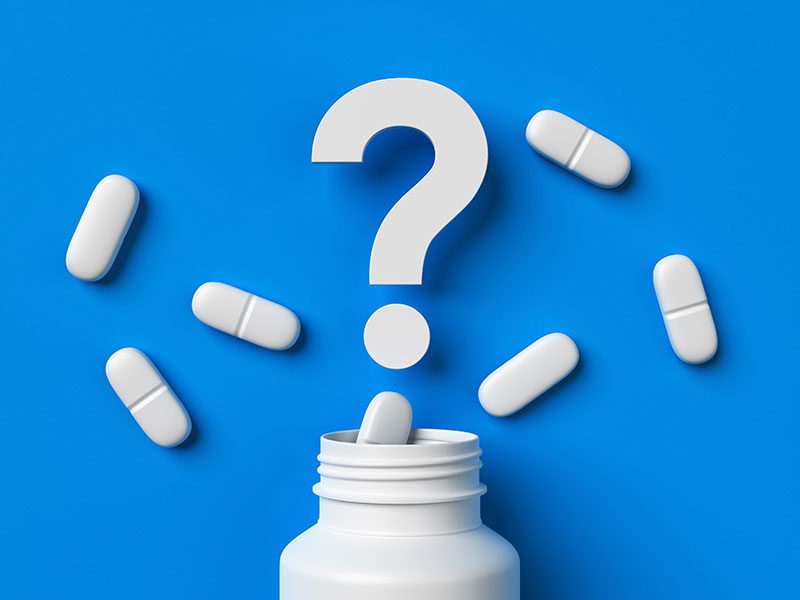
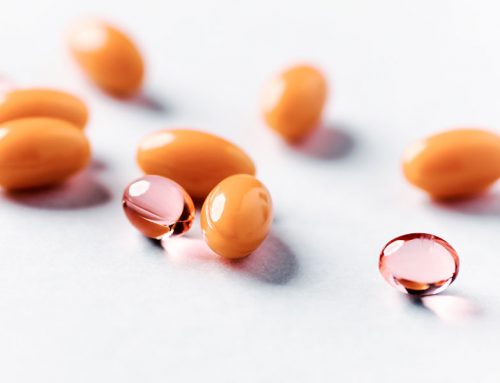

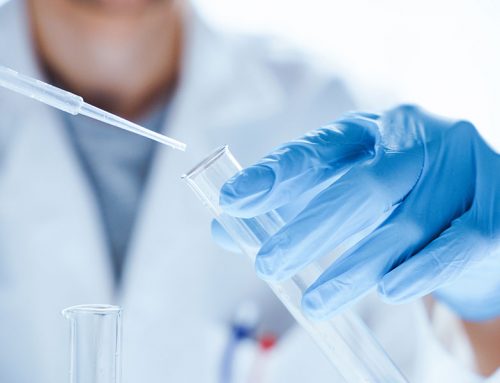
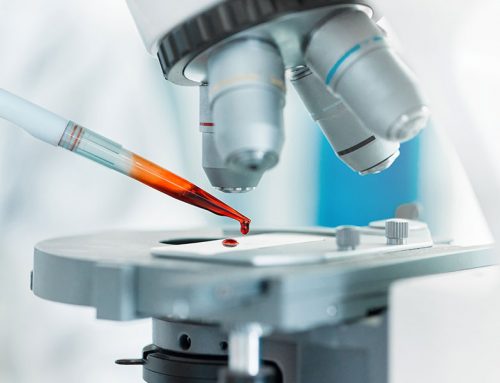
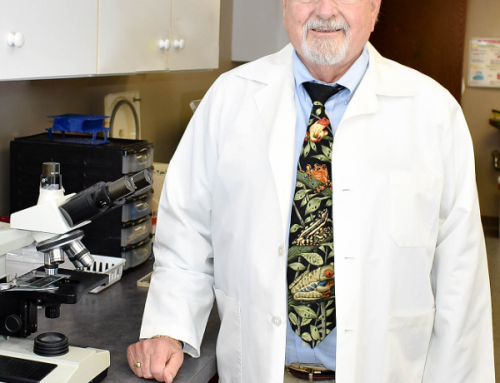

Leave A Comment